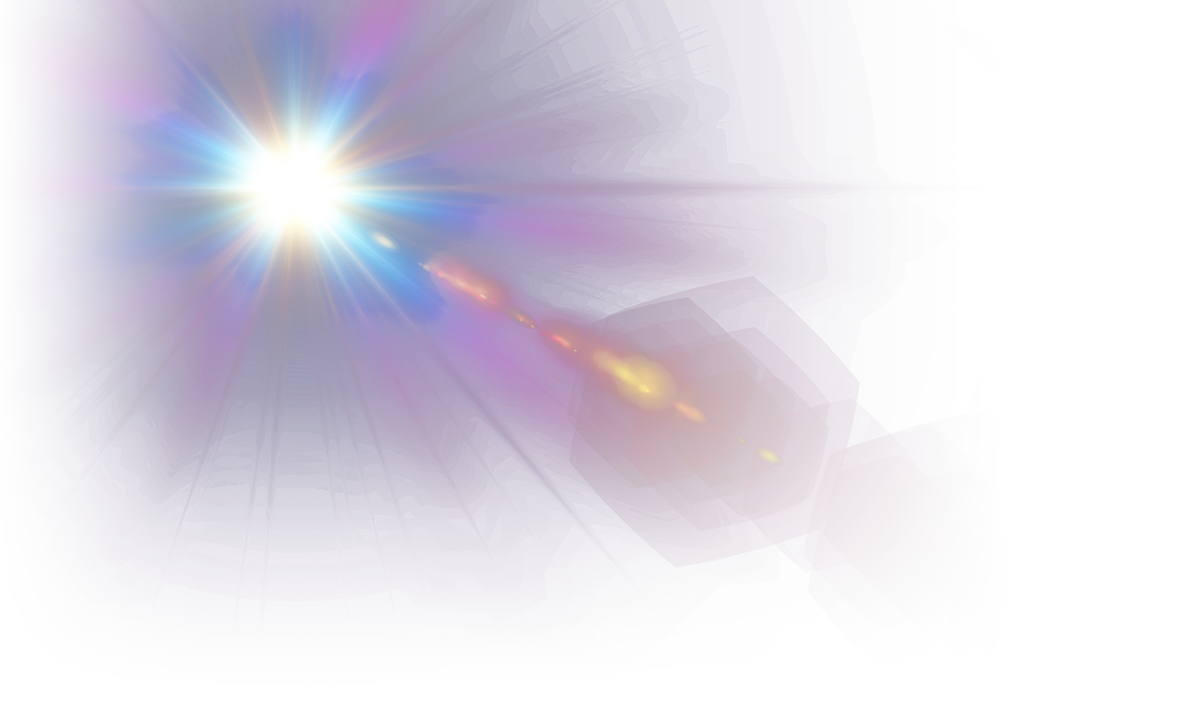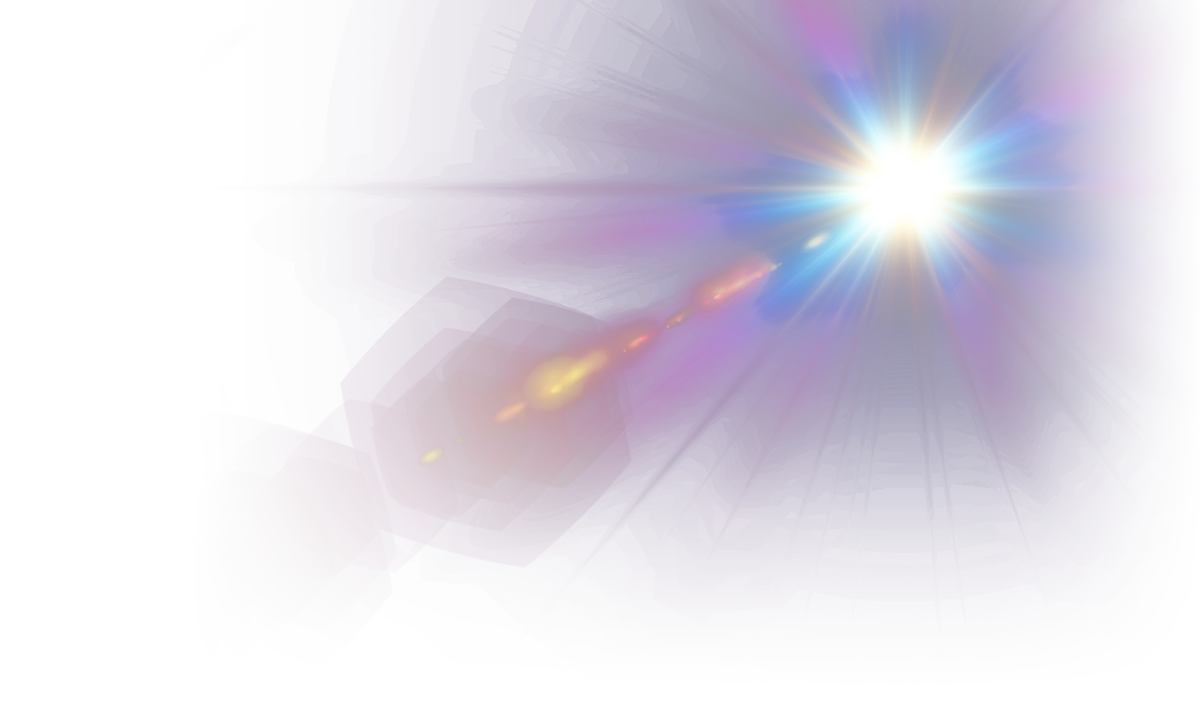High Energy Cosmic Particles
High Energy Cosmic Particles Working Group Introduction
The High-Energy Cosmic Particles Science Working Group will use the SKA to study these rare particles, to understand the physics of their interactions and the mystery of their origin.
Cosmic Particles of relevance to this group have energies of 1015 eV and beyond, reaching into the realm of energies far higher than can currently be achieved with human-made accelerators. These particles are created in the Universe by yet unidentified sources. Finding and understanding these sources is a prime objective in the field of Astroparticle Physics.
SKA will contribute to this goal by measuring the mass composition of cosmic rays interacting in the atmosphere with unprecedented precision. This unprecedented precision may also lead to a new understanding of particle physics inaccessible at accelerators. The antenna density in the core of SKA-Low provides such a wealth of information that it is anticipated to be able to generate a full, time-dependent 3-dimensional image of an extensive air shower, something that has never been done before and will likely allow us to extract much more information than can be done with classical approaches.
Also, SKA can observe the lunar rim to search for cosmic particles interacting in the lunar regolith. This method has shown promise to target energies above 10^20 eV, where exotic particles beyond the standard model may be found.
The SKA-Low core will need to be enhanced by advanced triggering paths and particle detectors to allow for commensal operation of particle detection and astronomical observations, a key requirement to collect the required statistics of detected particles.
The same technical requirements also pave the way for lightning detection. It has been shown with LOFAR that digital radio arrays are superb lightning interferometers and the favourable conditions at the Australian site may give rise to many new discoveries in resolving the many unknowns around lightning physics.

Working Group Membership
Members of the the High Energy Cosmic Particles Working group can be found here.
We actively encourage interested researchers to participate in the working group.
If you are interested in joining the group, please complete this form.
The current co-chairs are:
- Stijn Buitink (Vrije Universiteit Brussel, Belgium), stijn.buitink@vub.be
- Katie Mulrey (Radboud University Nijmegen, Netherlands), k.mulrey@astro.ru.nl
Guidelines on who can join the group can be found here.
The SKAO Project Scientist liaison is Wendy Williams (contact details here).
Relevant Working Group publications
- "Performance of SKA as an air shower observatory" https://pos.sissa.it/395/415/
- "The SKA Particle Array Prototype: The First Particle Detector at the Murchison Radio-astronomy Observatory" https://arxiv.org/abs/2005.07273
- "Overview of lunar detection of ultra-high energy particles and new plans for the SKA" https://arxiv.org/abs/1704.05336
- "Ultimate precision in cosmic-ray radio detection -- the SKA" https://arxiv.org/abs/1608.08869
- "Initial simulation study on high-precision radio measurements of the depth of shower maximum with SKA1-low" https://doi.org/10.1051/epjconf/201713502004
- "Applications of antenna level buffering" https://arxiv.org/abs/1906.09066
Previous Chairs
- Anna Nelles (2019-2023)
- Justin Bray (2015-2019)
- Clancy James (2015-2018)




